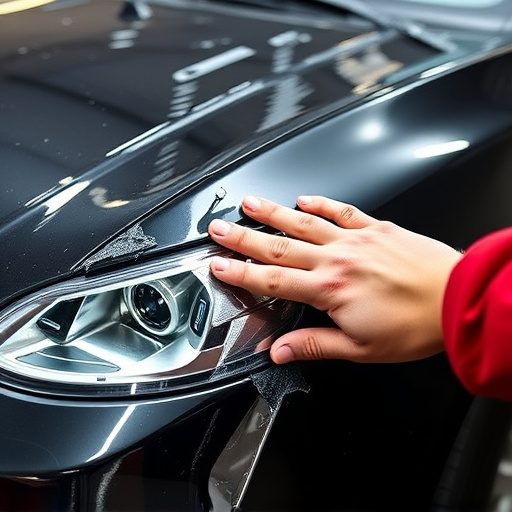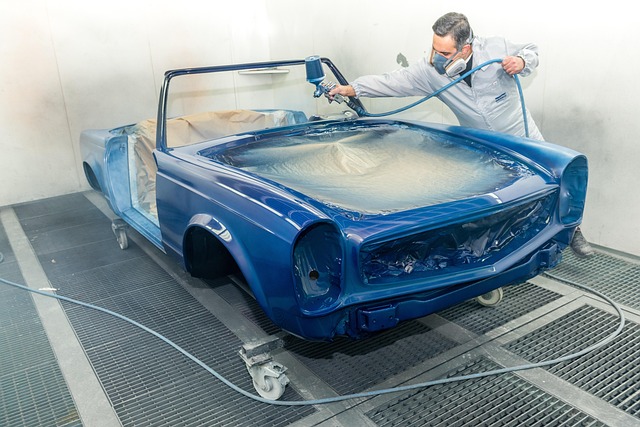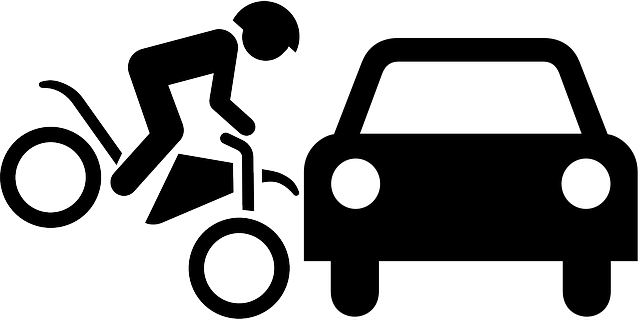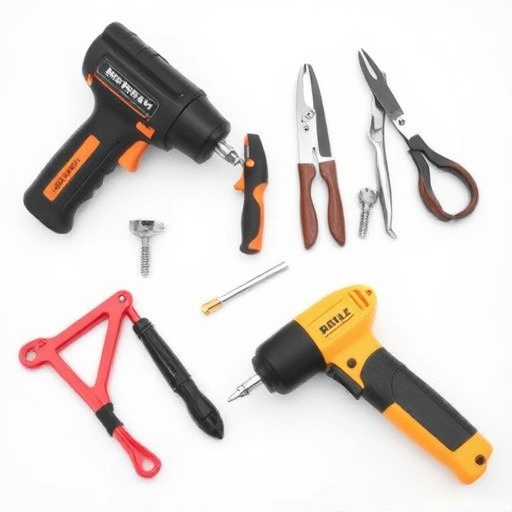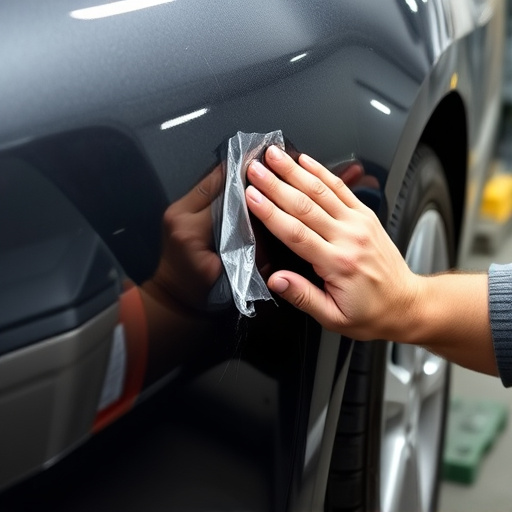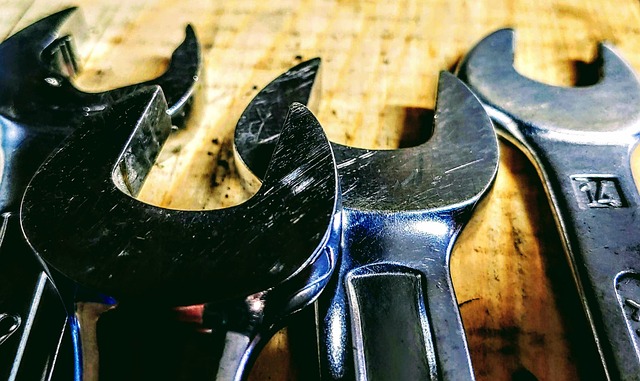Efficient seatbelt repair and replacement processes in vehicle maintenance face challenges like limited authentic parts access and human error. Technological integration, especially 3D printing for precise components, digital design software for detailed blueprints and part tracking, and VR/AR training, streamlines these processes, reduces costs and timelines, enhances precision, and minimizes damage during repairs, ultimately improving overall vehicle repair outcomes for both restoration and regular seatbelt services.
In the realm of automotive safety, efficient seatbelt repair and replacement are paramount. With increasing vehicle complexity, traditional methods often face challenges, leading to longer downtime and higher costs. This article explores how technology innovations are revolutionizing seatbelt repair processes. We delve into the current challenges, highlighting the transformative power of digital solutions. From streamlined diagnostics to automated replacement, this guide provides a step-by-step framework for garages to enhance efficiency, reduce errors, and improve customer satisfaction in seatbelt repair replacement.
- Understanding Current Seatbelt Repair Challenges
- Technology Innovations for Streamlined Replacement
- Implementing Digital Solutions: A Step-by-Step Guide
Understanding Current Seatbelt Repair Challenges

The process of seatbelt repair and replacement is a critical yet often overlooked aspect of vehicle maintenance. Traditional methods can be time-consuming and require specialized skills, leading to potential delays in service and increased costs for both auto owners and fleet operators. Current challenges include limited access to authentic replacement parts, especially for older vehicle models, which can result in subpar repairs or extended downtime. Additionally, the manual nature of many seatbelt replacement jobs makes it prone to human error, particularly in complex cases involving advanced safety systems.
These issues are further exacerbated in large-scale fleet repair services, where maintaining consistent quality and speed is essential for operational efficiency. Integrating technology into seatbelt repair replacement processes can significantly address these challenges. Automation and digital solutions offer improved precision, faster turnaround times, and enhanced part tracking—all contributing to better overall vehicle repair outcomes, including auto glass repair and car repair services.
Technology Innovations for Streamlined Replacement
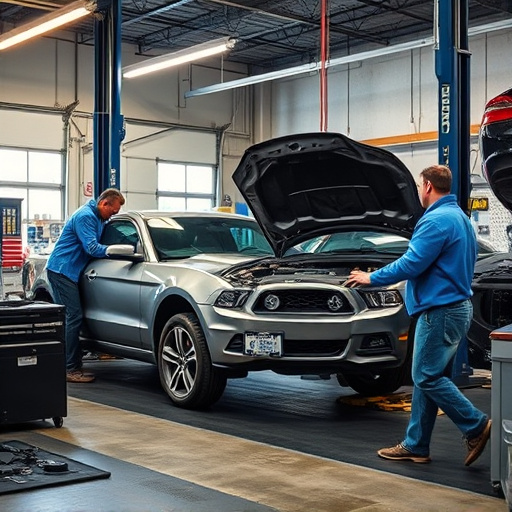
The world of seatbelt repair and replacement is undergoing a significant transformation with the integration of cutting-edge technology. Innovations such as 3D printing are revolutionizing the process, allowing for precise and customizable seatbelt components, reducing the time and cost associated with traditional manufacturing methods. This technology ensures that every replacement part is tailored to specific vehicle models, enhancing safety and efficiency.
Additionally, digital design software enables auto body repair specialists to create detailed blueprints and virtual prototypes, streamlining the repair process. These tools facilitate faster identification of issues, simplify the ordering of parts, and enable technicians to visualize complex repairs before they begin, leading to more accurate and time-efficient seatbelt repair replacement in both automotive restoration and regular auto body repair services.
Implementing Digital Solutions: A Step-by-Step Guide

Implementing Digital Solutions for seatbelt repair replacement can significantly enhance efficiency and accuracy. The first step is to digitize existing processes by converting manual records into digital formats, ensuring all data related to parts, labor costs, and customer information is accessible and easily searchable. This involves using specialized software designed for automotive repair, which allows for quick lookups of specific seatbelt models and compatibility with various car makes and models, like Mercedes-Benz repair.
Next, integrate real-time inventory management into the system to track stock levels, automate reordering processes, and reduce delays. Additionally, implementing virtual reality (VR) or augmented reality (AR) training modules can revolutionize how technicians learn and perform seatbelt repairs. These immersive technologies provide a step-by-step guide for intricate procedures, ensuring consistency and minimizing car bodywork damage during complex repair jobs.
The integration of technology into seatbelt repair and replacement processes offers a transformative opportunity to enhance efficiency, reduce costs, and improve safety. By leveraging digital solutions, auto repair shops can streamline their workflows, ensuring faster turnaround times without compromising quality. This not only benefits businesses but also contributes to road safety by encouraging timely maintenance. With the right tools and a structured implementation strategy, as outlined in this article, the automotive industry can revolutionize seatbelt repair, making it more accessible, effective, and affordable for all.

